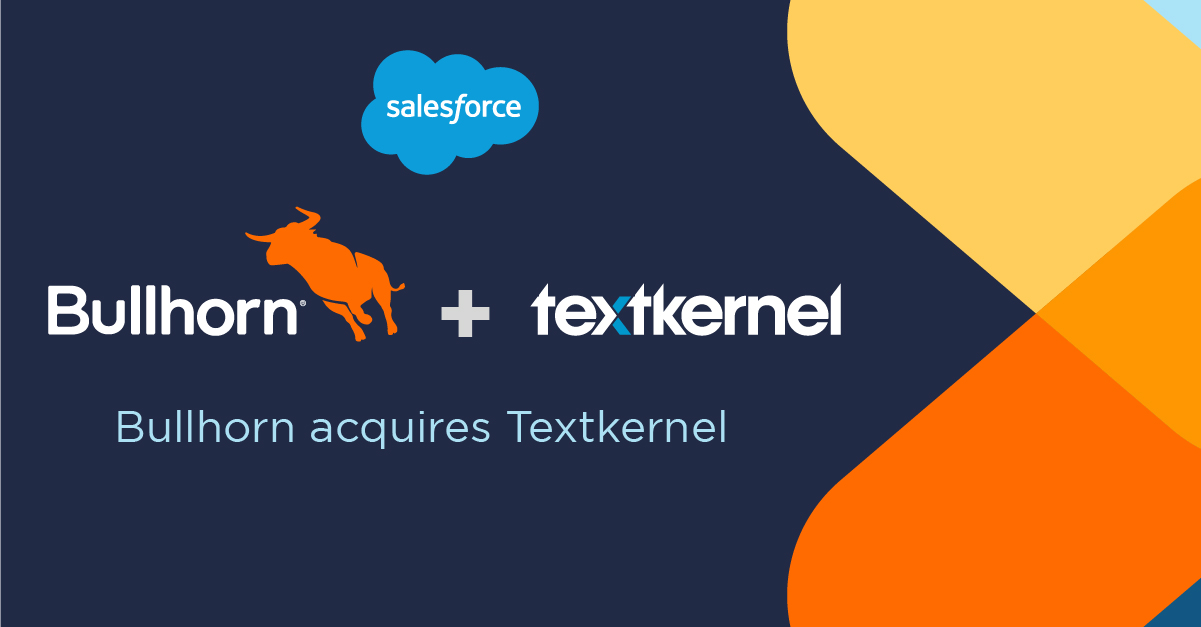Why Contract Lifecycle Management Implementation is a Digital Transformation — and 4 Ways to Manage it

Humans are inherently resistant to change, and that’s no different when it comes to implementing new contract lifecycle management (CLM) software and managing the digital transformation that coincides with it.
In fact, 70% of change efforts fail outright, primarily due to employee resistance and lack of management support — but here are four change management strategies you can use to ensure your CLM software implementation is poised for success:
Commit to Planning & Invest the Appropriate Time
When a company with a siloed contract management process introduces new contract lifecycle management (CLM) software, installation alone isn’t enough. Successful implementation requires upfront planning to figure out your ideal contracting strategies and how your new platform can support those processes.
Partner with your CLM software provider before implementation to evaluate your current contracting methodology and ask for feedback on how you can improve. The right CLM software provider will take the time to learn your business, understand your use cases, and suggest improvements you can make based on similar client experiences — then, they can configure the platform to suit your needs.
While the initial stage may be more time-consuming, investing the appropriate time will help you maintain momentum and realise your platform’s total value quicker. To configure your system, your CLM software provider will ask you for numerous materials — like the contracts you want to store, the contract data you wish to track, and your standard contract templates. The faster you can provide those materials to your provider, the quicker you’ll move through the implementation process; and the quicker you launch your system, the less time you’ll waste on inefficient contracting processes.
Gain Executive Buy-In
Since contracts affect nearly every department, it’s unlikely that your legal team alone will be able to enforce new company-wide contracting procedures. That’s why you need managerial backing for your new CLM platform — an executive sponsor who can advocate for the platform’s benefits and encourage teams to take advantage of it.
It’s human nature to resist change, even if there’s demonstrable value in it. But if you have an executive sponsor to help enforce the new procedure and hold teams accountable for using your new platform, user adoption will likely increase.
Your teams will follow the direction of those they report to directly. Ideally, you want the executive sponsor(s) to be directly involved in their day-to-day operations, like a senior vice president, a sales executive, or another authority position.
Some other considerations to overcome resistance to change:
- Be enthusiastic. Positive sentiment from the top-down will help build trust with your teams and illustrate why the new platform is a benefit, not a burden.
- Communicate early, clearly, and often. Discuss upcoming changes with your teams frequently to avoid surprises. Be clear about expectations, be forthright, and be open to answering questions and having discussions.
- Explain the “what’s in it for me” factor. Demonstrate how the platform will expedite contract approval workflows, reduce administrative burden, prevent misplaced contracts, etc.
Carefully Consider Your Power Users
While it’s critical to have CLM platform champions on your team, be wary of only having one “power user.” Depending on your organisation’s size, it may be too difficult for one person to be the go-to CLM platform expert and simultaneously juggle everything else on their task list.
Consider your organisation’s size, contract volume, and potential power user’s current workload: If you manage hundreds of contracts and have numerous people using your platform, consider having multiple platform experts ease the burden and help field questions from general users.
Whether you assign another individual as a power user or have someone familiar enough with the platform to help answer general questions, having multiple points of contact ensures your team can continue getting contracts out the door.
Gather Feedback & Train Appropriately
Use the pilot stage before go-live to gather feedback from your testers on areas that can improve. Addressing feedback from the users you select to try the configuration during the pilot allows for tweaks to be made before being opened to the entire company. The input will help facilitate a smooth rollout to the rest of the organisation — so check in with your team to see if the configuration needs to be tweaked to make the contracting process faster, easier, etc.
Once your platform is live, consider the learning curve. If there’s a lapse between when your users were taught the system and creating their first or second contract, it may be difficult for them to remember how to use the platform.
To soften the learning curve, consider scheduling internal standing training sessions so your users can see the platform in action. Also, check to see what self-service training resources — like instructional videos, how-to guides, etc. — your CLM software provider can offer to your users.
From thoughtful planning to self-service training, these four change management strategies for your contract lifecycle management implementation will help you show your teams that your new CLM software is a benefit, not a burden. For more CLM implementation tips, advice, and insights, check out our blog.









